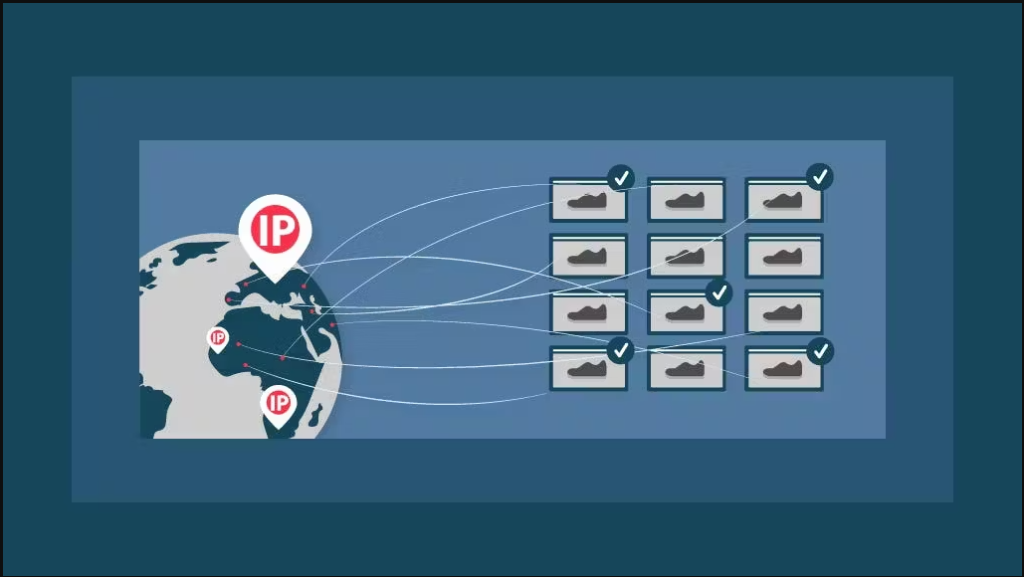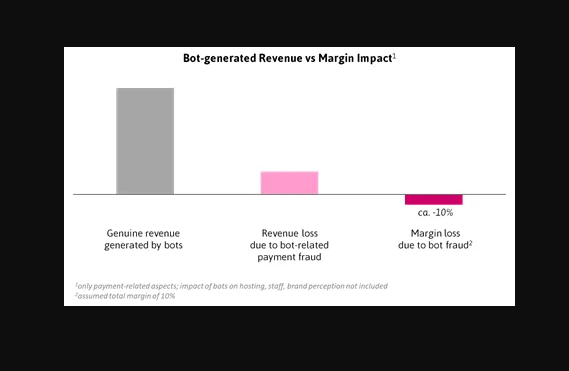
In the dynamic and often frenetic world of online sneaker releases, sneaker bots have become a pivotal tool for enthusiasts and resellers alike. These automated software applications are designed to expedite the process of purchasing limited-edition sneakers, which are typically released in small quantities and are highly sought after.
Understanding how these bots work is essential for both sneaker enthusiasts looking to add to their collections and for retailers aiming to counteract these bots. This article, supported by insights from Infatica.io, delves into the mechanics of sneaker bots, their impact on the sneaker market, and the ongoing battle between bot users and sneaker brands.
What Are Sneaker Bots?
Sneaker bots are automated software programs designed to purchase sneakers the moment they are released online. These bots are faster than a human could ever be, completing purchases in a fraction of the time it takes a regular customer to manually enter their details. They are particularly prevalent during limited-edition sneaker releases, where the demand far exceeds the supply.
The Mechanics of Sneaker Bots
The operation of sneaker bots involves several key steps:
- Monitoring: Bots continuously monitor online sneaker stores for new releases, often using web scraping techniques to detect changes in inventory.
- Rapid Checkout: Once a desired item is available, the bot quickly adds the product to the cart and proceeds to checkout.
- Auto-Fill Information: Bots are pre-loaded with the user’s shipping, billing, and payment information, enabling them to complete purchases almost instantaneously.
- Captcha Bypassing: Many bots are equipped with mechanisms to bypass CAPTCHA tests, a common security measure on websites.
- Proxy Usage: To avoid IP bans and increase the chances of purchasing multiple pairs, bots often use proxies, such as those provided by services like Infatica.io. Proxies mask the user’s IP address, making it appear as though the requests are coming from different users.
The Evolution of Sneaker Bots
Sneaker bots have evolved significantly since their inception. Early bots were relatively simple scripts, but as retailers have implemented more sophisticated anti-bot measures, bots have become more advanced. Modern sneaker bots can simulate human behavior, navigate complex checkout processes, and even solve CAPTCHAs.
The Impact of Sneaker Bots on the Market
The prevalence of sneaker bots has a significant impact on the sneaker market:
- Increased Competition: Bots can buy up limited-edition sneakers within seconds of release, leaving manual buyers with little chance of success.
- Market Distortion: The ability of bots to purchase large quantities of sneakers can distort the market, often leading to inflated prices on the secondary market.
- Brand Image and Customer Satisfaction: The dominance of bots can damage a brand’s image and lead to customer dissatisfaction, as many consumers are left empty-handed during releases.

Countermeasures by Retailers
In response to the rise of sneaker bots, retailers and brands have implemented various countermeasures:
- Advanced CAPTCHAs: Websites have started using more complex CAPTCHAs that are harder for bots to bypass, says Wired.
- One-time Passwords (OTPs): Sending OTPs to a customer’s phone during checkout adds an extra layer of security that is difficult for bots to circumvent (read more).
- Raffle Systems: Some retailers have moved to raffle or lottery systems for limited-edition releases, where winners are given the chance to purchase the sneakers.
- Website Traffic Analysis: Retailers analyze traffic to their websites to identify and block bot activities.
The Legal and Ethical Aspects
The use of sneaker bots operates in a legal and ethical gray area. While not illegal, using bots can violate the terms of service of many retail websites. There is ongoing debate about the fairness and ethics of using bots to purchase sneakers, especially when it leads to market distortion.
The Future of Sneaker Bots
Advancements in Sneaker Bot Technology
On one side of this arms race are the sneaker bots. Future iterations of these bots are likely to leverage more advanced AI algorithms, enabling them to mimic human browsing patterns more convincingly and evade detection.
We can anticipate the emergence of bots that don’t just automate purchases but also make decisions based on a variety of factors, such as analyzing market trends, predicting future stock levels, and even gauging the potential resale value of limited-edition sneakers. These smarter bots could use machine learning to improve their success rates over time, learning from each interaction to optimize their strategies for future releases.
Retailers’ Response with Advanced Countermeasures
In response, retailers and online platforms are likely to invest heavily in advanced anti-bot technologies. This could involve deploying more nuanced and less intrusive forms of user verification, which are challenging for bots but seamless for human users. For instance, behavioral biometrics, which analyze patterns in human interactions with devices (like mouse movements, typing patterns, and touch interactions), could become a standard tool in distinguishing between genuine customers and bots.
Retailers might also utilize AI-driven analytical tools to scrutinize purchasing patterns and flag suspicious activities. By analyzing vast amounts of data, these systems could identify anomalies that suggest bot activity, such as multiple purchases from the same IP address or a series of rapid transactions that are unlikely to be human-generated.
The Broader Implications
This ongoing technological battle will have broader implications for the online retail industry. As both bots and anti-bot measures become more advanced, the costs and complexities of maintaining and operating these systems will increase. This could lead to a scenario where only the most resourceful and technologically adept players can compete effectively in the high-stakes world of limited-edition retail.
Moreover, the ethical and legal considerations surrounding sneaker bots will likely come into sharper focus. As bots become more advanced, they may raise new questions about fairness, privacy, and the security of online retail platforms. This could prompt more stringent regulations and legal frameworks governing the use of automated purchasing tools.
Conclusion
Sneaker bots represent a fascinating intersection of technology, commerce, and culture. While they offer efficiency and a competitive edge to users, they also pose significant challenges to retailers and ordinary consumers. The ongoing battle between bot developers and sneaker brands is likely to drive further innovations in e-commerce technology.
Last Updated: November 21, 2023





















